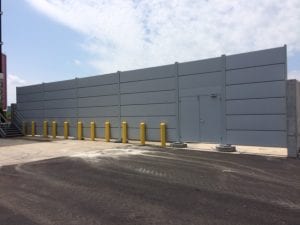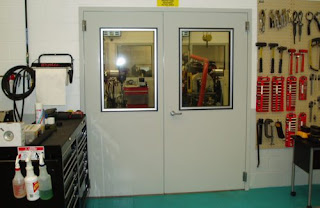Sound Foam treatment- What makes it different from traditional foams
One of the first things to consider while creating a space designed for optimum sound, whether it is a vocal booth, recording studio or a home theatre, is how that sound is handled. As a beneficial component of acoustical treatment, sound foam is one of the first materials people consider for rectifying the flutter echoes of a room, standing waves and mid and high frequency issues.
This is a valid question, and one that should not be discarded. Well, traditional and acoustical soundproof wall panels look similar, and they usually feel the same also. Nonetheless, acoustical foam treatment is a specifically designed material with various unique traits that differentiate it from the foam in your couch cushions or the mattress on your bed. What follows is a list of differences between acoustical and traditional foam, and why close enough is not sufficient speaking of sound treatment.
Durability- As acoustical foam and generator enclosure is to be used in environments where it will be in direct contact with the people, it should be designed to manage accidental contact. Acoustical foam us made to be non-dusting, hence it resists crumbling over time. In a place where the foam would never be touched, it would be a non-issue, but in places such as studios where multiple people can fill up a small room, or home theaters with friends or children, foam can be scratched, poked, brushed and bumped.
Outlook- It might appear little, but the outlook of the foam constitutes another main difference between traditional and acoustical foam for mechanical isolation. Acoustical foam is manufactured to be more consistent and uniform than traditional foam. Hence, if you want to treat the sound in a space, make the right decision with genuine acoustical foam and don’t pick a bad one.




Comments
Post a Comment